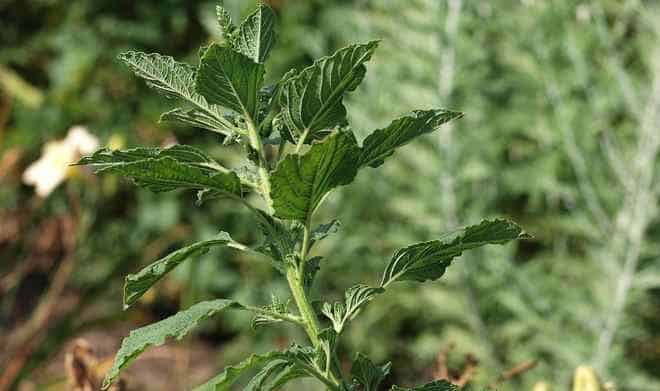The United States is the world’s largest adopter of genetically engineered (GE) crop technology, according to a new report by Food & Water Watch. Since the government approval of GE crop cultivation in the 1990s, biotechnology has been lauded by many as the key to improving crop yields, lowering costs for farmers, and reducing agriculture’s environmental impact. Yet, despite the burgeoning use of GE crops – in just 16 years, it has grown into a US$14.8 billion industry – the technology still fails to deliver on a number of counts.
The report, Superweeds: How Biotech Crops Bolster the Pesticide Industry, reveals a striking increase in herbicide use following the adoption of GE crops. Data from both the U.S. Department of Agriculture (USDA) and U.S. Environmental Protection Agency (EPA) documents a 26 percent increase in herbicide use since 2001. The report goes on to highlight the interdependence between the biotechnology and pesticide industries.
The Food & Water Watch report shares the following: “In the 1990s, chemical and seed companies developed genetically engineered herbicide-tolerant crops. These crops could withstand being sprayed with herbicides that killed weeds. The most common herbicide-tolerant GE crops were designed to be used with Monsanto’s herbicide Roundup (known generically as glyphosate).” Due to an over-reliance on glyphosate for weed control, there has been a dangerous increase in superweeds, which are weeds tolerant to glyphosate. Food & Water Watch asserts that prior to GE crop cultivation, weeds resistant to the Roundup herbicide were non-existent. The organization further reports that today there are 14 known species of these superweeds in the U.S. alone, and they have been found on half of all U.S. farms.
During the early years of GE crop adoption, herbicide use on corn, soybeans and cotton actually fell, according to the report. Application dropped by 19 million kilograms (42 million pounds), or 15 percent, between 1998 and 2001. As weeds developed resistance to glyphosate, however, farmers applied more herbicides, and total herbicide use increased by 37 million kilograms (81.2 million pounds), or 26 percent, between 2001 and 2010.
According to the report, “Monsanto — the largest biotechnology seed company in the world in 2011 — has generated steady earnings, despite its role in creating the glyphosate-resistant weed situation. Monsanto’s focus has shifted from chemicals to patented seeds, and since 2000, its seed sales have gone up sixfold from US$1.6 billion to US$9.8 billion in 2012.”
Food & Water Watch’s report recommends supporting and encouraging cultivation best management practices to halt weed resistance from the start. The report also calls on the USDA to educate and encourage farmers to employ non-chemical strategies for long-term weed control.











